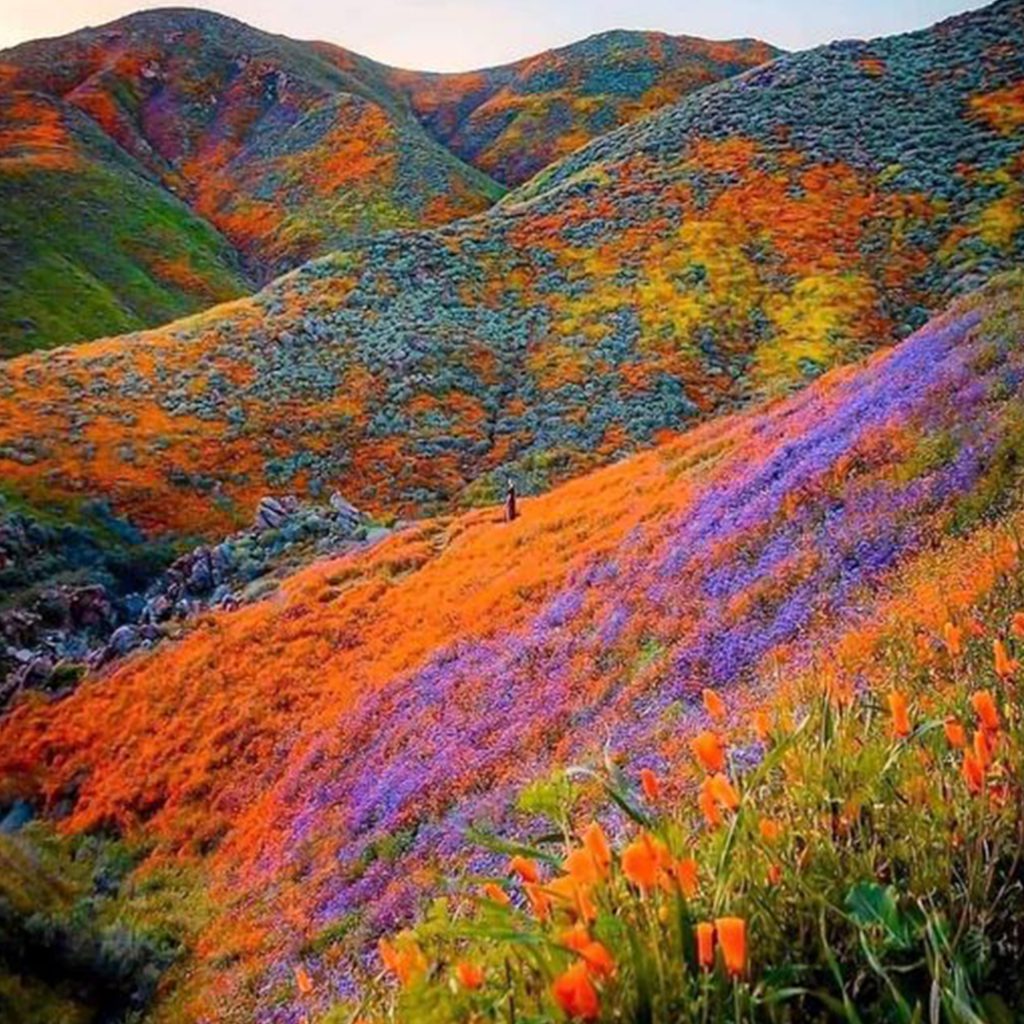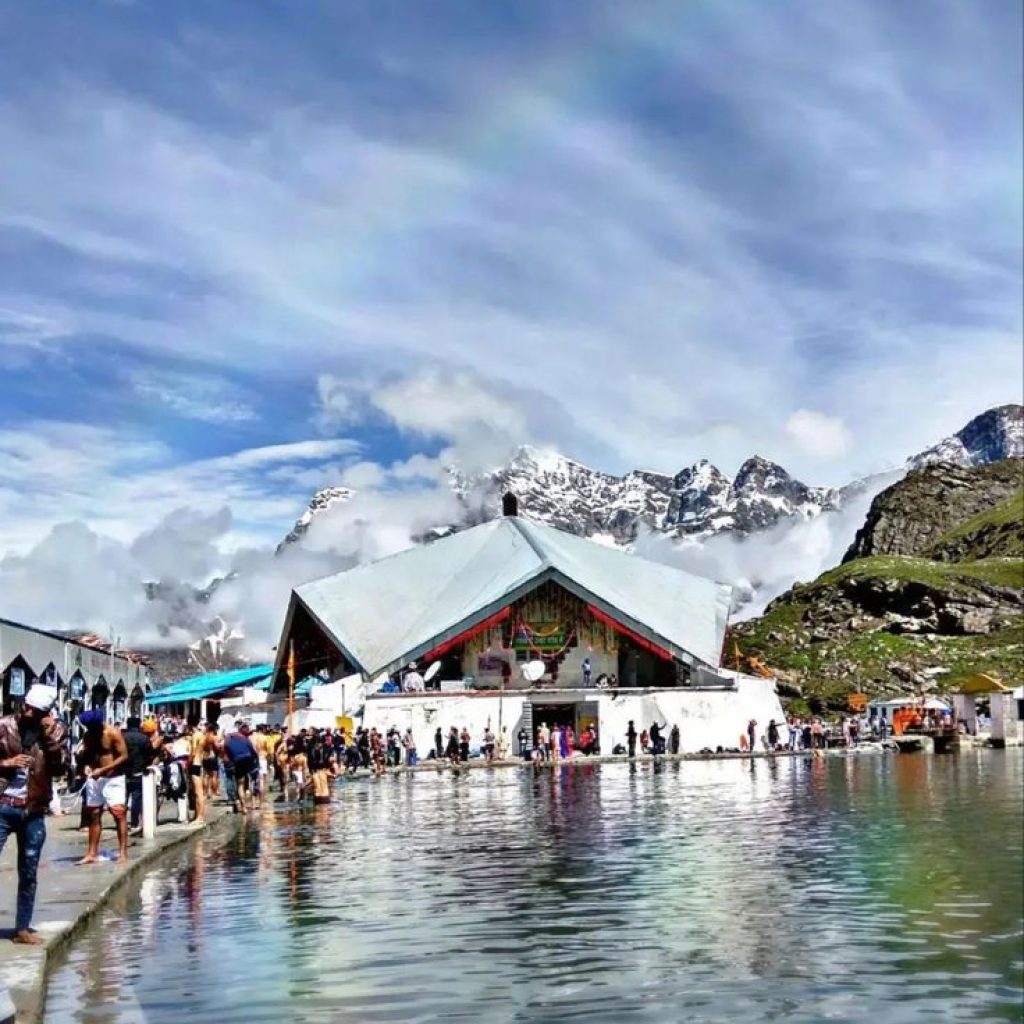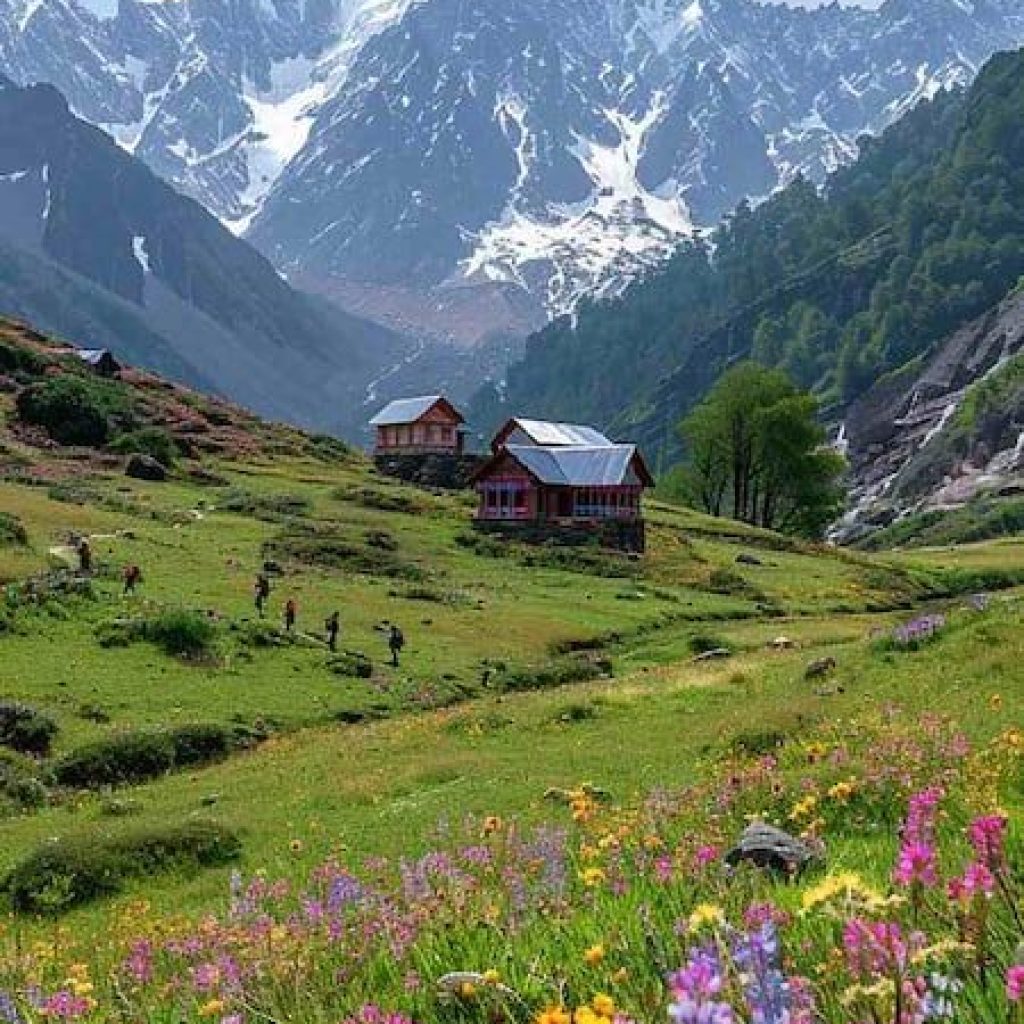Valley of flower

Nestled in the majestic Himalayas of Uttarakhand, the Valley of Flowers is a breathtaking paradise that blooms with vibrant alpine flowers every monsoon. Home to over 500 species of rare and colorful flowers, including the famous Brahma Kamal and Blue Poppy, the valley transforms into a magical carpet of colors. Surrounded by snow-capped peaks, gushing streams, and lush meadows, it offers mesmerizing views and a serene atmosphere at every step. Recognized as a UNESCO World Heritage Site, the Valley of Flowers is a must-visit destination for nature lovers, photographers, and trekking enthusiasts seeking an unforgettable Himalayan experience.
Note: The number of nights and the locations of stay can be customized according to your preference or schedule.


Valley of flower with
Hemkund Sahib

Day 1: Dehradun → Govindghat (Approx. 290 km / 10–11 hrs)
Early morning departure from Dehradun.
En route: Visit Devprayag, Rudraprayag, and Karnaprayag (sacred river confluences).
Reach Govindghat by evening.
Overnight stay at Govindghat guesthouse.
Day 2: Govindghat → Ghangaria (10 km trek, 4–5 hrs)
After breakfast, begin trek from Govindghat to Ghangaria.
Trek passes through lush forests, waterfalls, and scenic trails.
Evening at leisure in Ghangaria.
Day 3: Ghangaria → Valley of Flowers → Ghangaria (7–8 km trek)
Early morning trek to Valley of Flowers National Park.
Explore colorful alpine meadows, rare Himalayan flowers like Brahma Kamal, Blue Poppy, Cobra Lily.
Return to Ghangaria by evening.
Overnight stay in Ghangaria.
Overnight stay in Ghangaria.
Day 4: Ghangaria → Govindghat (10 km trek, 4–5 hrs)
After breakfast, trek back from Ghangaria to Govindghat.
Enjoy scenic views along the trail and farewell to the Himalayan meadows.
Overnight stay at Govindghat guesthouse.
Day 5: Govindghat → Dehradun
Drive back from Govindghat to Dehradun.
Trip concludes with beautiful memories of the Himalayas.
Nearby Attractions
You Can Add:

Auli :
Located near Joshimath (only 12 km away).
Famous for snow-capped Himalayan views, cable car rides, and skiing (in winter).
You can visit Auli either before or after your Valley of Flowers trek.
Badrinath Temple
Around 45 km from Joshimath.
One of the Char Dham pilgrimage sites dedicated to Lord Vishnu.
You can include a half-day visit here before returning to Dehradun.
Mana Village
India’s last village near the Indo-China border, just 3 km from Badrinath.
Known for Bheem Pul, Vyas Gufa, and beautiful views of the Saraswati River.
Great for photography and local culture exploration.
Vishnuprayag
One of the five sacred confluences (Panch Prayag) where the Alaknanda River meets the Dhauliganga River.
Located on the way between Joshimath and Govindghat — ideal for a short stopover.
Tapovan (near Joshimath)
A short drive from Joshimath; known for hot springs and scenic Himalayan views.
A peaceful spot to relax after the trek.


Important Travel
Information

Best Time to Visit: Mid-July to Mid-September (during peak bloom season)
Trek Distance: Around 6–7 km (from Ghangaria to Valley of Flowers), 6 km uphill to Hemkund Sahib
Specialty: UNESCO World Heritage Site known for its seasonal flower bloom and unique Himalayan flora & fauna
Altitude: Valley of Flowers – approx. 3,500 m | Hemkund Sahib – approx. 4,329 m
Temperature Range: 5°C to 20°C (carry warm clothes even in summer)
Trek Level: Moderate – suitable for fit beginners and regular trekkers
Health Tip: Acclimatize at Ghangaria before going higher to avoid altitude sickness
Hydration: Carry enough water; there are few refill points on the trek
Footwear: Comfortable trekking shoes with good grip are a must
Rain Gear: Carry a poncho or waterproof jacket — monsoon showers are frequent
Entry Permit: Mandatory entry ticket at the forest gate (available at Ghangaria)
Network Availability: Very limited or no mobile network beyond Govindghat
Stay Options: Basic lodges and guesthouses available at Ghangaria
Food: Simple vegetarian food; carry snacks or energy bars for the trek
Essentials: Sunscreen, cap, sunglasses, and small first aid kit
Eco Tip: Avoid plastic, don’t litter — help preserve this fragile ecosystem
